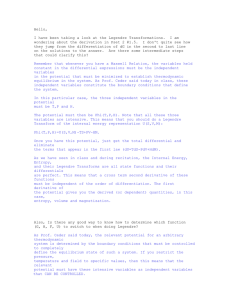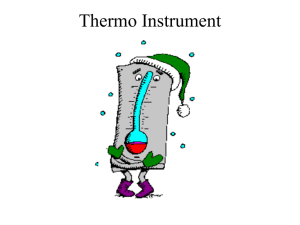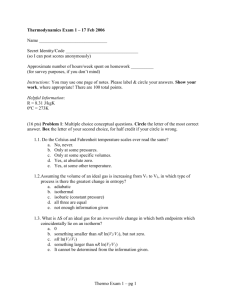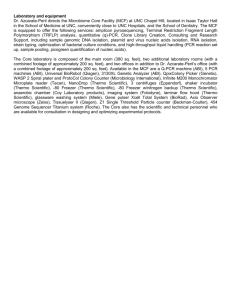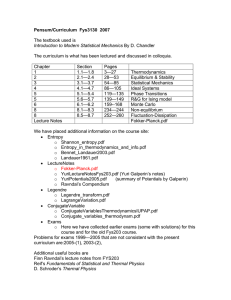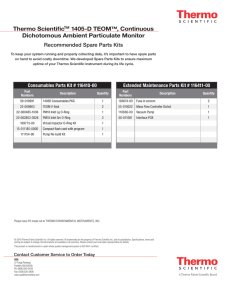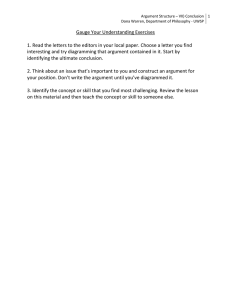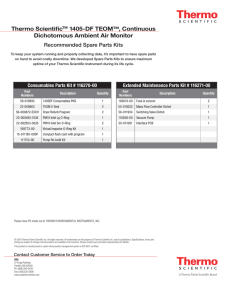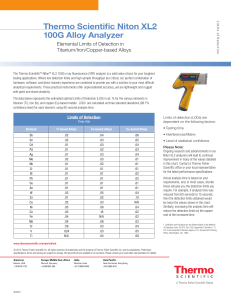There was a heated argument in the grad lounge today.... help in proving that i am right and the other...
advertisement
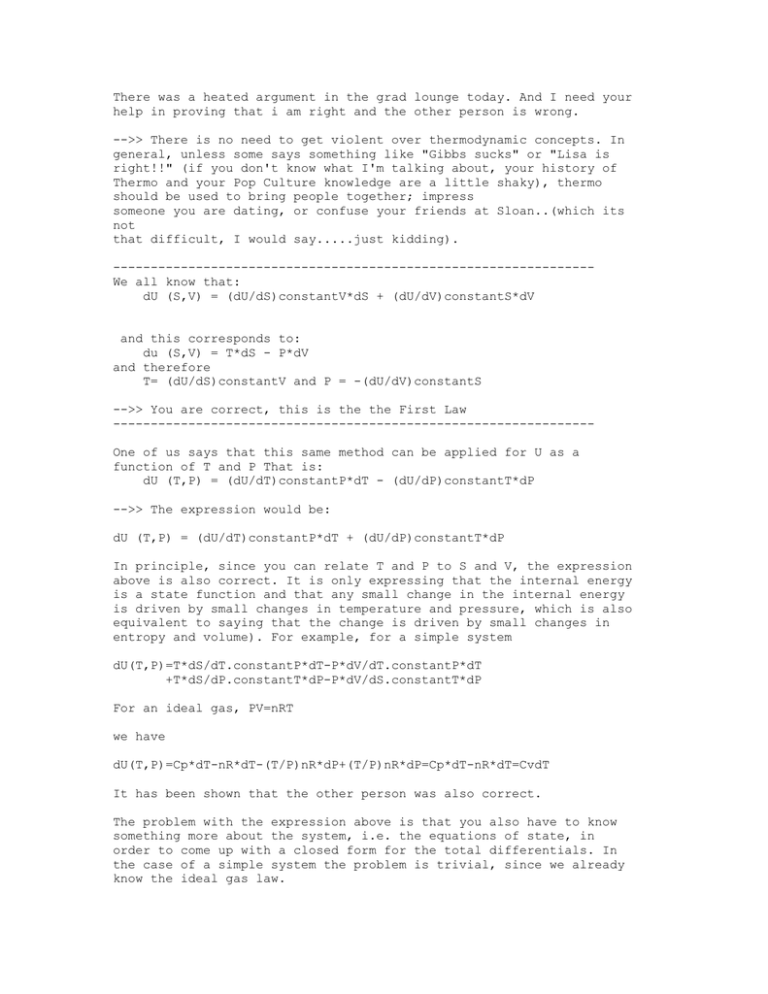
There was a heated argument in the grad lounge today. And I need your help in proving that i am right and the other person is wrong. -->> There is no need to get violent over thermodynamic concepts. In general, unless some says something like "Gibbs sucks" or "Lisa is right!!" (if you don't know what I'm talking about, your history of Thermo and your Pop Culture knowledge are a little shaky), thermo should be used to bring people together; impress someone you are dating, or confuse your friends at Sloan..(which its not that difficult, I would say.....just kidding). ---------------------------------------------------------------We all know that: dU (S,V) = (dU/dS)constantV*dS + (dU/dV)constantS*dV and this corresponds to: du (S,V) = T*dS - P*dV and therefore T= (dU/dS)constantV and P = -(dU/dV)constantS -->> You are correct, this is the the First Law ---------------------------------------------------------------One of us says that this same method can be applied for U as a function of T and P That is: dU (T,P) = (dU/dT)constantP*dT - (dU/dP)constantT*dP -->> The expression would be: dU (T,P) = (dU/dT)constantP*dT + (dU/dP)constantT*dP In principle, since you can relate T and P to S and V, the expression above is also correct. It is only expressing that the internal energy is a state function and that any small change in the internal energy is driven by small changes in temperature and pressure, which is also equivalent to saying that the change is driven by small changes in entropy and volume). For example, for a simple system dU(T,P)=T*dS/dT.constantP*dT-P*dV/dT.constantP*dT +T*dS/dP.constantT*dP-P*dV/dS.constantT*dP For an ideal gas, PV=nRT we have dU(T,P)=Cp*dT-nR*dT-(T/P)nR*dP+(T/P)nR*dP=Cp*dT-nR*dT=CvdT It has been shown that the other person was also correct. The problem with the expression above is that you also have to know something more about the system, i.e. the equations of state, in order to come up with a closed form for the total differentials. In the case of a simple system the problem is trivial, since we already know the ideal gas law. ------------------------------------------------------------------and this corresponds to: dU (T,P) = S*dT-V*dP and therefore: S= (dU/dT)constantP and V = (dU/dP)constantT --->> This is not correct. S is not (dU/dT)constantP. At constant pressure, in a simple system undergoing a reversible change, the change in entropy is equal to the heat evolved from or to the system at constant pressure, divided by the temperature. Remember that you cannot just change the independent variables in the internal energy representation. To do this you need the Legendre Transforms. If you want to have temperature and pressure as your independent variables, then you need to do the following transform: U(S,V) -> G(T,P) and dG=-SdT+VdP Remember that just writing U(S,V) as U(T,P) is like trying to write y(x) as y(dy.dx). This describes an infinite family of tangents for the curve y(x)....you need the value for the intercept at the Y axis to completely define the function. The intercept is, in thermodynamics, the Legendre Transform. -------------------------------------------------------------------The argument against this is that we know dU=T*dS-P*dV. But we cannot say anything like U= TS-PV because we only know that dU= delQ + delW and that does not give info on the integral of dU -->> In fact, U=TS-PV is correct. This is the Euler Expression, which is a consequence of the fact that the internal energy is a homogeneous function degree one of the extensive variables V and S. -------------------------------------------------------------------- I can't say which is my argument for fear of being wrong in front of the professor. -->> You should not fear being wrong, we are all learning Thermo. By Raymundo
